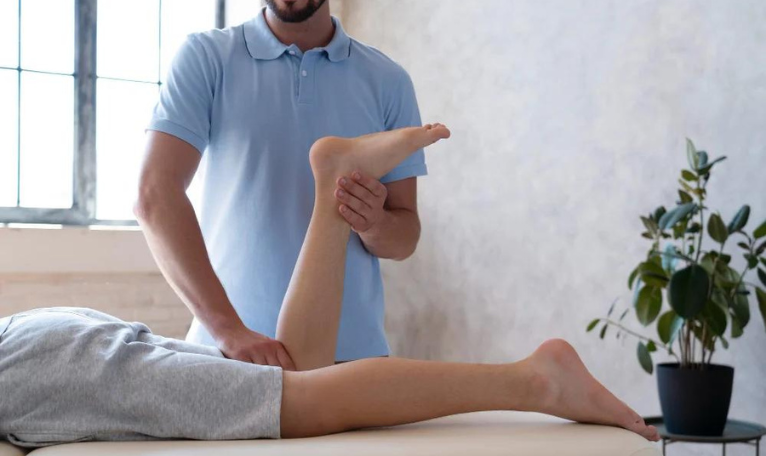-
PHONE:
+61 481 089 661 -
EMAIL:
[email protected]
Why visit an Osteopath?Osteopathy offers a natural and safe way to treat physical body problems. Osteopathy treats the body holistically, believing it functions as a synchronous unit of different parts. Questioning and examination are used to determine the cause of the problem and to see if other areas or ways of moving contribute to it.
Osteopaths primarily use hands-on or manual therapy to release tension and restrictions to assist with pain relief, helping your body move more comfortably and efficiently. Osteopaths believe the body has self-correcting and healing abilities assisted by treatment. |
What will happen in my first appointment?To determine the cause of the problem, osteopaths perform a case history and an examination, including tests for sensation and strength. They also use their highly developed skills in palpation to feel joints, muscles, and other tissues to provide more helpful information.
A diagnosis is formed to help the osteopath tailor a specific and comprehensive treatment plan to assist your condition. You will be told whether osteopathy can help and how many treatments may be needed. Gowns are available, or some clothing may need to be removed to observe your walking and other movements. Treatment using the hands will follow. |
What’s the difference between an Osteopathy and a Physiotherapist?Finding the right therapist for treating and managing physical body complaints can be tricky. Physiotherapists and Osteopaths are professionals who people consider for these sorts of problems. They are similar but also different!
We hope this information may help you make an informed choice. Physiotherapists aim to improve function through rehabilitation, i.e. improve a person’s ability to move and function. They are experts in the rehabilitation of injuries and exercise-based management of conditions. Osteopaths aim to improve the structure and physicality of the body primarily by using hands-on therapy. They have a whole-body approach and usually treat other areas and the site of pain to address the problem's underlying cause. For example, if you see an osteopath for neck pain, they will likely take a look at your upper back, ribs, pelvis, and neck. Physiotherapists focus on mobilizing the injury site rather than the ‘whole body’ approach of osteopathy. There is a greater emphasis on exercise-based management, which they believe to be vital in recovery. Physiotherapists are trained in many areas and have a much broader scope of practice than Osteopaths. They work in all healthcare sectors, including public hospitals, private practice, rehabilitation and community health centres. sporting clubs and community health centres. Osteopathic training is almost exclusively in the workings of the human body, involving medical science and practical skills and techniques. It consists of developing advanced palpatory and diagnostic skills. Osteopaths almost exclusively work in private practice. All Osteopaths and Physios are fully university trained and are registered with the Australian Health Practitioner Registration Agency. (AHPRA) |
What conditions do Osteopaths treat?
|
How many treatments will I need?Each patient is different and, therefore, will respond to treatment in their own way. Many people will notice an improvement in one or two treatments. Generally, most patients need 3-6 treatments, and some may prefer ongoing treatments at regular intervals.
This may depend on:
Advice will be given on suitable activities and exercise to help people maintain optimal function. |
Can I claim for treatments under Medicare?Osteopaths are Allied Health professionals, which allows for Medicare rebates in some cases under the Enhanced Primary Care (EPC) Program.
Up to five sessions may receive Medicare rebates per calendar year. The rebate does not cover the entire cost per session; however, it can substantially assist in the price of treatments as it is generally more than private health insurance. These services are available to those with chronic conditions and complex care needs. To apply, you must ask your GP for an Enhanced Primary Care (EPC) referral to see an osteopath. |







